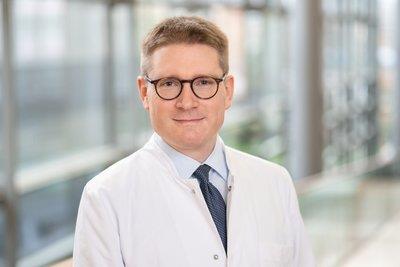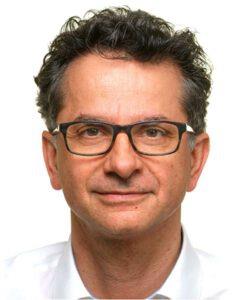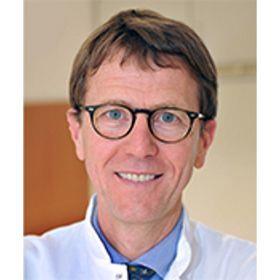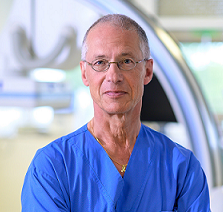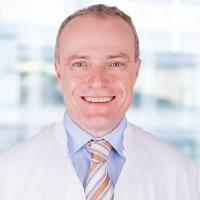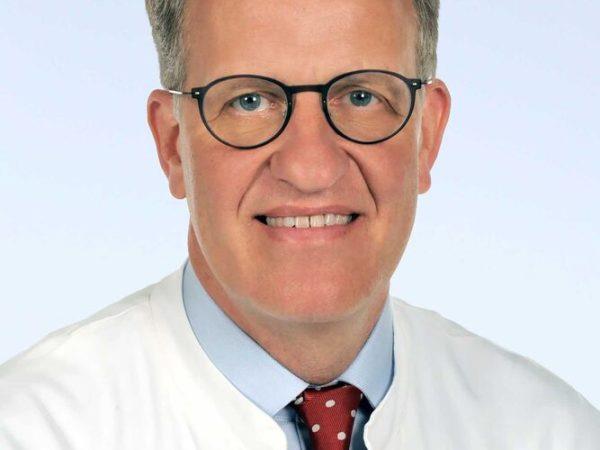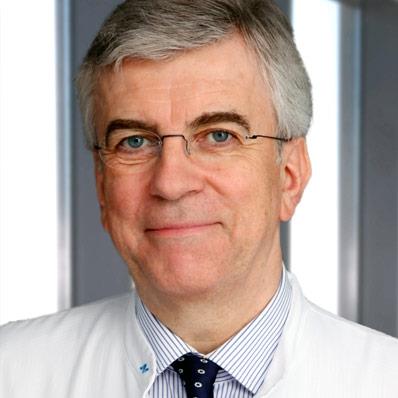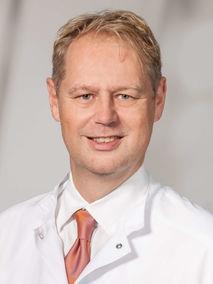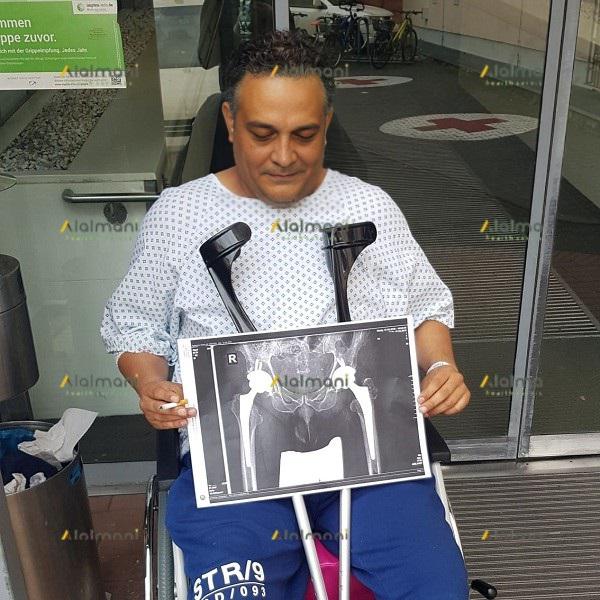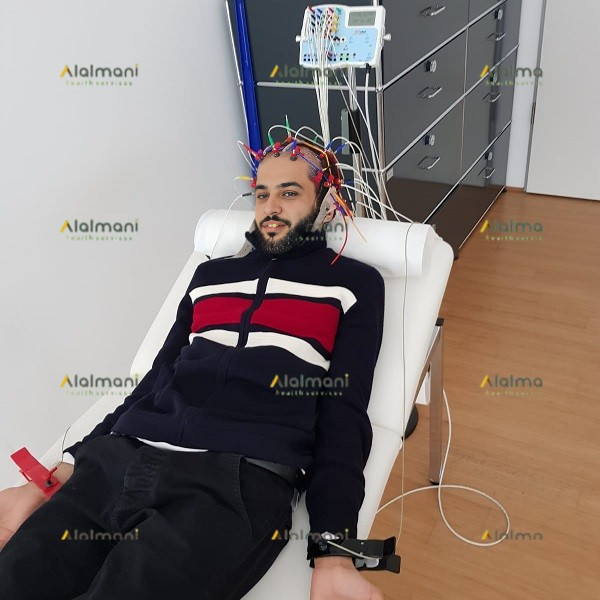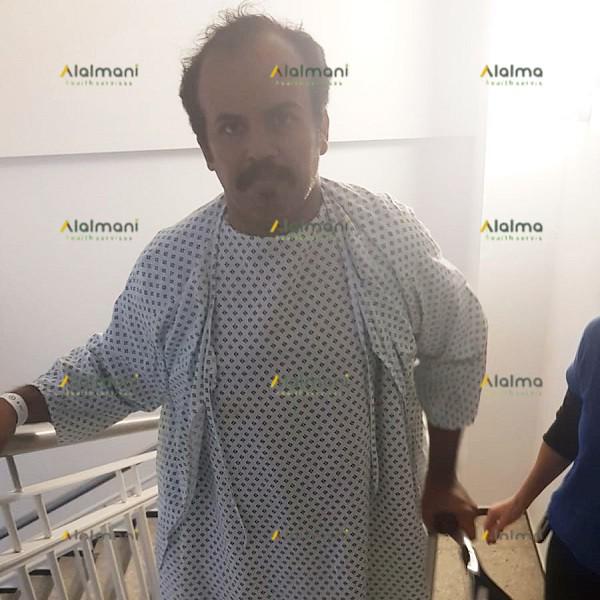Treatment of peripheral artery disease (PAD) in Germany
The best hospitals for peripheral artery disease (PAD) in Germany are listed below. The rank is based on multiple factors, including price, quality of the doctors, cost of treatment and the success rate from our user reviews.
Treatment costs in Germany
| Diagnosis of peripheral artery disease (PAD) | €2.953 | |
| Angioplasty and stent placement for peripheral artery disease (PAD) | €11.956 | |
| Bypass surgery for peripheral artery disease (PAD) | €27.793 |
Best Hospitals
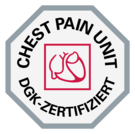
Hôpital Vidia Karlsruhe
Département de cardiologie et d'angiologie
Le Département de Cardiologie et d'Angiologie de l'Hôpital Vidia Karlsruhe est composé de 4 médecins, 8 infirmières et infirmiers, et traite environ 261 patients hospitalisés par an. La clinique spécialisée offre les services médicaux suivants à ses patients : Diagnostic et traitement ...


Hôpital universitaire de Francfort-sur-le-Main
Département de cardiologie et d'angiologie
Le Département de Cardiologie et d'Angiologie de l'Hôpital Universitaire de Francfort-sur-le-Main est composé de 47 médecins, 96 infirmières et infirmiers, et traite environ 4971 patients hospitalisés par an. La clinique spécialisée offre les services médicaux suivants à ses patients ...
Hôpital GFO Bonn
Département de cardiologie et d'angiologie
Le Département de Cardiologie et d'Angiologie à l'Hôpital GFO Bonn est composé de 14 médecins, 19 infirmières et infirmiers, et traite environ 1022 patients hospitalisés par an. La clinique spécialisée propose les services médicaux suivants à ses patients : Diagnostic et traitement ...

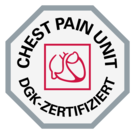
Centre cardiaque allemand de Munich
Département de cardiologie et d'angiologie
Le Département de Cardiologie et d'Angiologie du Centre Cardiaque Allemand de Munich est composé de 27 médecins, 35 infirmières et infirmiers, et traite environ 4193 patients hospitalisés par an. La clinique spécialisée propose les services médicaux suivants à ses patients : Unité de ...
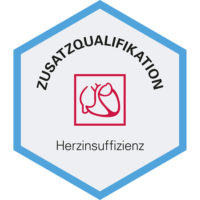


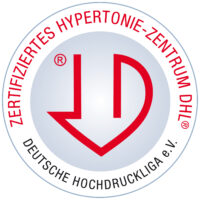
Centre cardiovasculaire de Francfort
Département de cardiologie et d'angiologie
Le CardioVascular Center Frankfurt, dirigé par le Prof. Dr. med. Horst Sievert, est une institution de premier plan dans les soins cardiovasculaires avancés, reconnue pour son expertise dans les traitements innovants et minimalement invasifs. Doté d'une équipe de médecins et d'infirmiers ...

Clinique Beta Bonn
Département de cardiologie, d'angiologie et de soins intensifs internes
Le Département de Cardiologie, d'Angiologie et de Soins Intensifs Internes de la Clinique Beta Bonn est composé de 7 médecins, 14 infirmières et infirmiers, et traite environ 642 patients hospitalisés par an. La clinique spécialisée offre les services médicaux suivants à ses patients ...

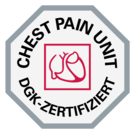
Hôpital universitaire Rechts der Isar
Département de cardiologie, de pneumologie et d'angiologie
Le Département de Cardiologie, de Pneumologie et d'Angiologie de l'Hôpital Universitaire Rechts der Isar est composé de 35 médecins, 82 infirmières et infirmiers, et traite environ 3305 patients hospitalisés par an. La clinique spécialisée propose les services médicaux suivants à ses ...


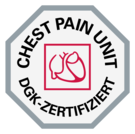
Hôpital universitaire de Tübingen
Département de cardiologie et d'angiologie
Le Département de Cardiologie et d'Angiologie de l'Hôpital Universitaire de Tübingen est composé de 26 médecins, 30 infirmières et infirmiers, et traite environ 4731 patients hospitalisés par an. La clinique spécialisée propose les services médicaux suivants à ses patients ...



Hôpital universitaire RWTH Aix-la-Chapelle
Département de cardiologie et d'angiologie
Le Département de Cardiologie, Pneumologie et Angiologie de l'Hôpital Universitaire RWTH Aachen est composé de 28 médecins, 30 infirmières et infirmiers, et traite environ 4272 patients hospitalisés par an. La clinique spécialisée offre les services médicaux suivants à ses patients ...


Hôpital Nordwest Francfort-sur-le-Main
Département de gastroentérologie, de cardiologie et de pneumologie
Le Département de Gastro-entérologie, Cardiologie et Pneumologie de l'Hôpital Nordwest de Francfort-sur-le-Main est composé de 35 médecins, 106 infirmières et infirmiers, et traite environ 4270 patients hospitalisés par an. La clinique spécialisée offre les services médicaux suivants ...

Hôpital Neuperlach Munich
Département de cardiologie et de pneumologie
Le Département de Cardiologie et de Pneumologie de l'Hôpital Neuperlach de Munich est composé de 15 médecins, 22 infirmières et infirmiers, et traite environ 1466 patients hospitalisés par an. La clinique spécialisée offre les services médicaux suivants à ses patients : Diagnostic et ...


Hôpital universitaire Ludwig Maximilian
Département de cardiologie
Le Département de Médecine Nucléaire de l'Hôpital Universitaire de Mayence est composé de 6 médecins, 9 infirmières et infirmiers, et traite environ 523 patients hospitalisés par an. La clinique spécialisée propose les services médicaux suivants à ses patients : Thérapie à l'iode ...



Hôpital universitaire de Mayence
Département de cardiologie et d'angiologie
Le Département de Cardiologie et d'Angiologie de l'Hôpital Universitaire de Mayence est composé de 41 médecins, 76 infirmières et infirmiers, et traite environ 7593 patients hospitalisés par an. La clinique spécialisée offre les services médicaux suivants à ses patients : Diagnostic ...

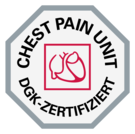
Hôpital universitaire d'Ulm
Département de cardiologie, d'angiologie et de soins intensifs internes
Le Département de Cardiologie, d'Angiologie et de Soins Intensifs Internes de l'Hôpital Universitaire d'Ulm est composé de 54 médecins, 130 infirmières et infirmiers, et traite environ 6042 patients hospitalisés par an. La clinique spécialisée propose les services médicaux suivants à ...
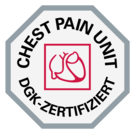

Hôpital Sachsenhausen Francfort-sur-le-Main
Département de cardiologie, d'angiologie et de soins intensifs internes
Le Département de Cardiologie, d'Angiologie et de Soins Intensifs Internes de l'Hôpital Sachsenhausen Frankfurt am Main est composé de 5 médecins, 15 infirmières et infirmiers, et traite environ 1361 patients hospitalisés par an. La clinique spécialisée offre les services médicaux ...


Hôpital universitaire de Heidelberg
Département de cardiologie, d'angiologie et de pneumologie
Le Département de Cardiologie, d'Angiologie et de Pneumologie de l'Hôpital Universitaire de Heidelberg est composé de 113 médecins, 164 infirmières et infirmiers, et traite environ 7689 patients hospitalisés par an. La clinique spécialisée offre les services médicaux suivants à ses ...
Testimonials
Jose A.
ÉquateurJose A. de l’Équateur en 2024 à l’hôpital Rotkreuz de Francfort am Main
Ahmed D.
KoweïtAhmed D. du Koweït en 2024 à la Clinique Beta de Bonn
Abdulrahman k.
OmanAbdulrahman K. d’Oman en 2023 à l’Hôpital universitaire de Francfort am Main
Ibrahim M.
ÉgypteIbrahim M. d’Égypte en 2024 à l’Hôpital universitaire de Francfort am Main
Khalid S.
AlgérieKhalid S. de l’Algérie en 2024 à l’Hôpital universitaire Ludwig Maximilian
Talal A.
Arabie saouditeTalal A. d’Arabie saoudite en 2024 à l’hôpital universitaire de Francfort am Main
Mohamed A.
Arabie saouditeMohamed A. d’Arabie saoudite en 2023 à l’hôpital Nordwest de Francfort am Main
Ali R.
OmanAli R. d’Oman en 2024 à l’Hôpital universitaire de Francfort am Main
Omar M.
LibyeOmar M. de Libye en 2024 à l’hôpital universitaire de Francfort am Main
Jacob S.
Arabie saouditeJacob S. d’Arabie saoudite en 2023 à l’hôpital Rotkreuz de Francfort am Main
Peripheral artery disease (PAD)
Peripheral Artery Disease (PAD), also known as peripheral vascular disease (PVD), is a circulatory disorder characterized by the narrowing or blockage of the blood vessels outside of the heart and brain. It primarily affects the arteries that supply blood to the legs, although it can also impact arteries in other parts of the body, such as the arms, stomach, and kidneys. PAD is a form of atherosclerosis, a condition in which fatty deposits (plaques) build up in the arterial walls, reducing blood flow to the affected areas.
The main cause of PAD is atherosclerosis, which can be driven by risk factors such as:
Smoking: Tobacco use is one of the most significant risk factors for developing PAD.
High Blood Pressure: Hypertension can damage and narrow the arteries over time.
High Cholesterol: Elevated levels of LDL (low-density lipoprotein) cholesterol can lead to plaque buildup in the arteries.
Diabetes: High blood sugar levels can damage blood vessels and contribute to atherosclerosis.
Age: The risk of PAD increases with age, especially in individuals over 50.
Family History: A family history of atherosclerosis or PAD can increase the risk.
Obesity: Excess body weight can strain the circulatory system.
The common symptoms of PAD include:
Leg pain (claudication): This is typically described as cramping, aching, or fatigue in the leg muscles, especially during physical activity, and it tends to improve with rest.
Numbness or weakness: Some individuals may experience numbness or weakness in the affected limb.
Cold or pale extremities: Reduced blood flow can make the affected leg feel colder and look paler than the other leg.
Skin changes: The skin on the legs or feet may become shiny, hair loss can occur, and wounds may take longer to heal.
Diagnosis of peripheral artery disease (PAD)
Diagnosing peripheral artery disease (PAD) typically involves a combination of medical history, physical examinations, and various non-invasive and invasive tests to assess blood flow, artery health, and the severity of arterial blockages. Here are common diagnostic methods for PAD:
Ankle-Brachial Index (ABI)
Doppler Ultrasound
Segmental Pressure Measurements
Pulse Volume Recording (PVR)
Toe-Brachial Index (TBI)
Angiography
Magnetic Resonance Angiography (MRA) or Computed Tomography Angiography (CTA)
Exercise Testing
Duplex Ultrasound
Treatment of peripheral artery disease (PAD)
The treatment of peripheral artery disease (PAD) aims to manage the condition, relieve symptoms, improve circulation, and reduce the risk of complications, such as limb amputation. The treatment approach may involve a combination of lifestyle modifications, medications, and, in some cases, medical or surgical procedures. Here are the key components of PAD treatment:
1. Lifestyle Modifications:
Smoking Cessation: Quitting smoking is one of the most important steps in managing PAD, as smoking is a major risk factor for the disease and can exacerbate its symptoms.
Regular Exercise: A structured exercise program, such as supervised walking or supervised treadmill exercise, can help improve circulation, increase walking distance without pain (claudication), and reduce overall cardiovascular risk.
Dietary Changes: Adopt a heart-healthy diet that is low in saturated and trans fats, cholesterol, and sodium. Emphasize fruits, vegetables, whole grains, and lean protein sources. This diet can help improve cholesterol levels and reduce the risk of atherosclerosis progression.
Weight Management: Achieve and maintain a healthy weight, as excess body weight can strain the circulatory system and worsen symptoms of PAD.
2. Medications:
Antiplatelet Medications: These medications, such as aspirin or clopidogrel, are often prescribed to reduce the risk of blood clots and complications.
Cholesterol-Lowering Medications: Statins are commonly used to lower LDL cholesterol levels and reduce the risk of atherosclerosis-related complications.
Blood Pressure Medications: If you have high blood pressure, medications to control blood pressure may be prescribed.
Symptom Relief Medications: Medications such as cilostazol or pentoxifylline may be used to relieve the leg pain (claudication) associated with PAD.
3. Angioplasty and Stenting: In cases of significant arterial blockages, a procedure called percutaneous transluminal angioplasty (PTA) may be performed. A catheter with a balloon is used to open the narrowed artery, and a stent may be placed to keep it open.
4. Bypass Surgery: In more complex or severe cases, bypass surgery may be recommended. It involves creating new blood vessels (grafts) to bypass blocked arteries, improving blood flow to the affected limb.
5. Atherectomy: Atherectomy is a minimally invasive procedure that uses a catheter with a rotating device to remove plaque from the artery walls.
6. Thrombolytic Therapy: This treatment involves the use of medications to dissolve blood clots in the arteries. It is often used in cases of acute limb ischemia.
7. Wound Care: In cases of ulcers or non-healing wounds, appropriate wound care and infection control are essential to prevent complications.
8. Amputation: In severe cases of critical limb ischemia or when limb salvage is not possible, amputation may be required to prevent infection and further complications.
The choice of treatment depends on the severity and location of the arterial blockages, as well as the individual’s overall health and preferences.
Best hospitals for peripheral artery disease (PAD) in Germany
Here are some well-known hospitals and medical centers that are often recognized for their excellence in managing PAD:
University Hospital Frankfurt am Main.
University Hospital Rechts der Isar.
University Hospital Mainz
University Hospital Heidelberg.
University Hospital Leipzig.

